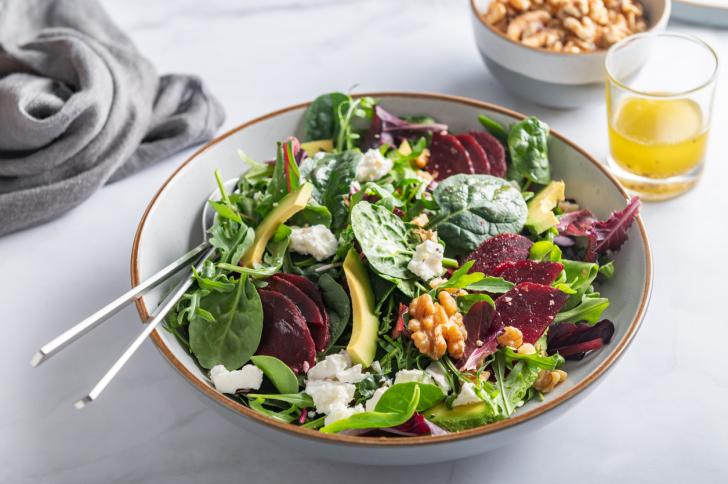Nutrient Combinations for the Best Absorption

Published
Iron and vitamin C: Vitamin C enhances the absorption of the iron found in plant foods. Particularly for vegetarians or individuals who eat small amounts of animal foods, pairing an excellent vitamin C source with an excellent iron source is the way to go. So to gain the iron from a spinach salad, sprinkle it with lemon juice, or add orange sections, strawberry slices or tomato wedges. When eating lentils, add vitamin C-rich red bell pepper slices.
Vitamin D and calcium: Vitamin D, or the sunshine vitamin, is needed for calcium to be absorbed. In the cloudy Pacific Northwest, our bodies are unable to make vitamin D for most of the year. There are few food sources of vitamin D, so many people require a supplement to maintain healthy levels. Examples of foods that do contain this nutrient pair include fortified milk and canned salmon.
Vitamin A, D, E, K and fat: All of these vitamins are fat-soluble, so the presence of dietary fat helps with their absorption. Just a small amount of fat is needed, such as a drizzle of olive oil. Avocados and nuts contain their own source of fat along with their own fat-soluble vitamins.
Consider these combinations the next time you're planning a meal, so you can get the best nutrient bang for your buck.
— Kristi Lyle, dietetic intern, and Debra A. Boutin, MS, RD, chairwoman and dietetic internship director, Department of Nutrition and Exercise Science at Bastyr University.


